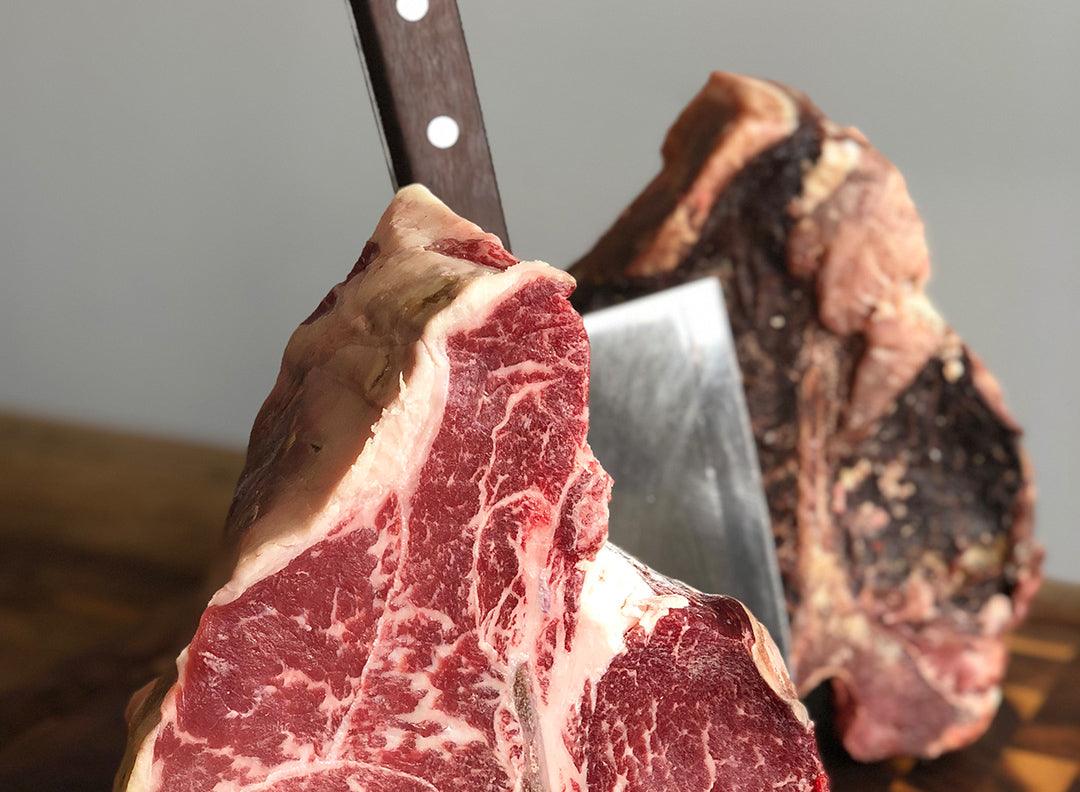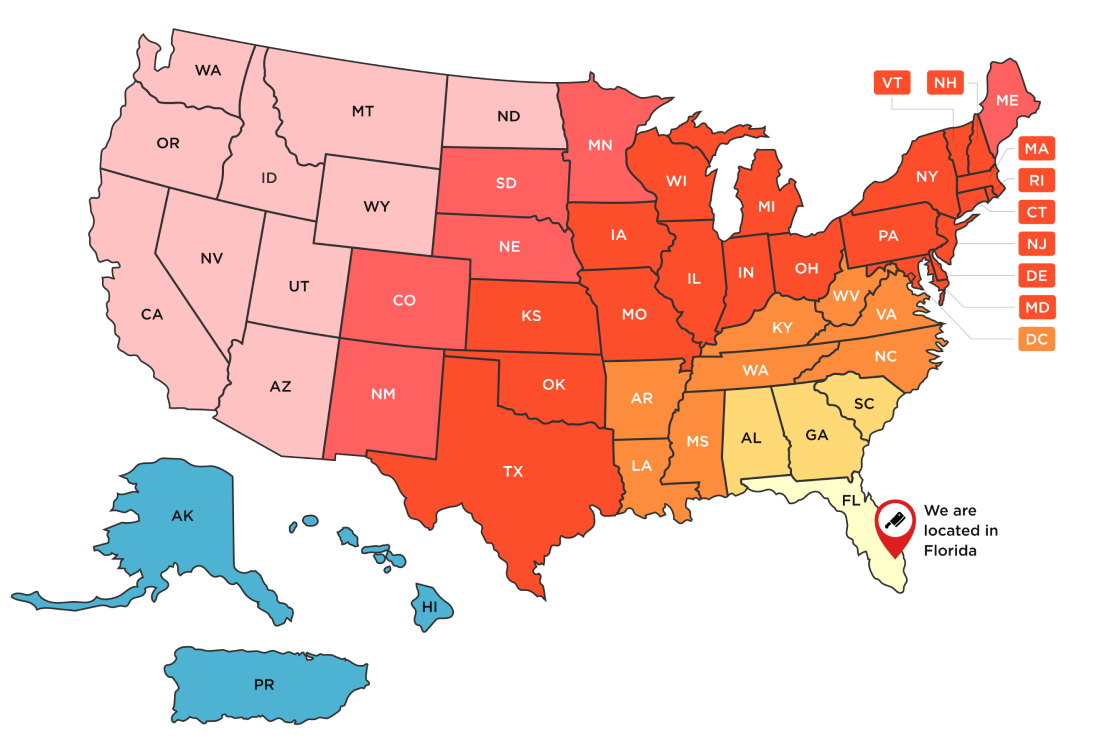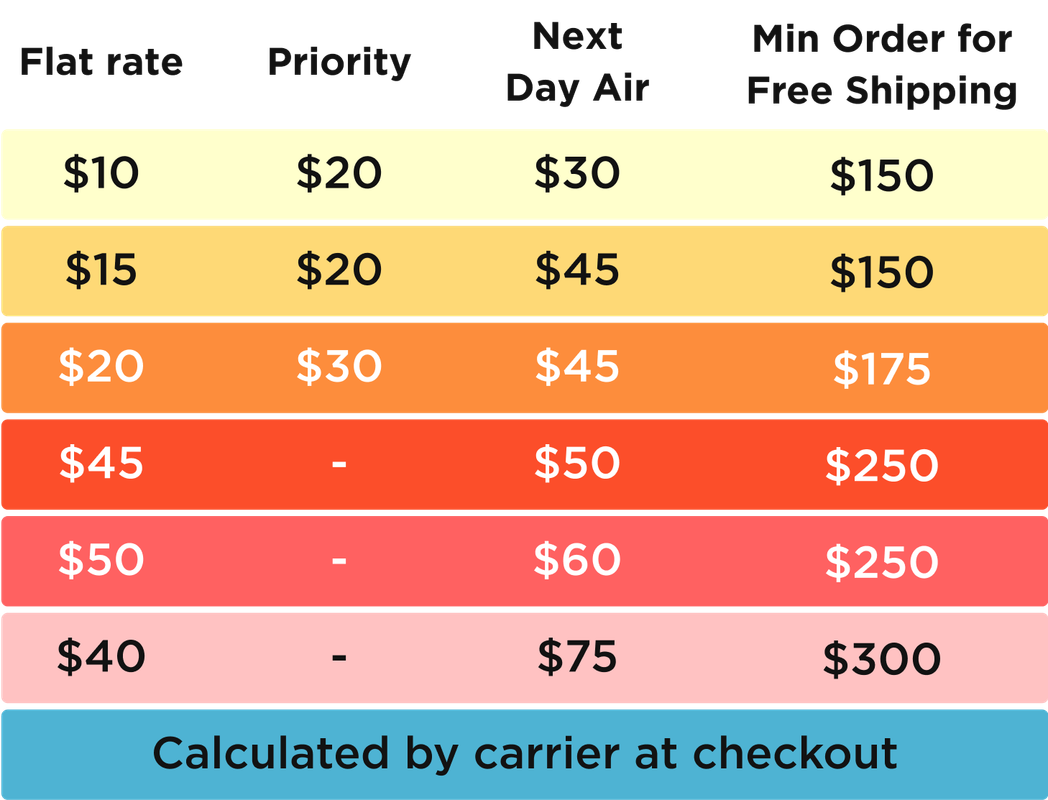
Aging Meat 101: Why Do We Age Beef And Is Dry-Aged Beef Better?
Marketing teams are notorious for latching onto a common practice and pretending they are the only ones in the world doing it.
One of the newest (and now biggest) players in the South Florida market advertises everywhere that they "wet age all their beef." Their employees also repeat it like gospel.
The thing is, there's nothing special about this. Everyone ages beef.
Every single piece of meat produced in the US is aged. Be it for 5,7,15,17 or 40 days. The longer it is aged for, the more tender the meat will be and the more expensive. The average supermarket will age beef anywhere from 5-17 days. High end beef (CAB, G1, etc) will be aged for 30 days, at-least.
Wet aging will improve tenderness but has NO impact on flavor.
Does it make a difference? Absolutely.
Dry aging, however, is a completely different process, it tenderizes beef and changes the flavor profile. Dry aging gives your beef an intense, nutty flavor, and is usually found only at steakhouses.
In this article, we're breaking down the wet aging and dry aging processes so you can better understand what beef you are buying better.
Dry Aged Beef Vs Wet Aged

Why Is Beef Aged?
All beef is aged.
Beef aging does not pertain to the age of the cattle but instead refers to the amount of time the meat has been stored and refrigerated after slaughter. We age beef because freshly-slaughtered beef tastes metallic and less "beefy." Frankly, beef does not taste very good if it hasn't been aged.
The better the aging process, the better the meat usually is. High-end steakhouses and butchers, such as us, invest significant time and money into properly and consistently aging beef. However, even your average supermarket beef has been aged for at least a week.
There are two methodologies to age beef: Wet-Aging and Dry-Aging.
Wet-Aging Tenderizes Meat But Does Not Impact Flavor
Wet-aging beef is the most common. It is the dominant mode of aging beef in the U.S. and UK today and popular with producers, wholesalers and retailers because it takes less time. Typically, wet-aging will only take a few days and there is no moisture loss. Any given piece of meat sold by weight will have a higher value than a dry-aged piece where moisture loss is desired for taste at the expense of final weight.
The process of wet-aging beef involves placing the meat in vacuum-sealed bags. As it sits in the freezer, it ages.
When you buy fresh beef from Meat N' Bone and it sits in your refrigerator, it continues to wet-age. There is no moisture loss. However, wet-aging only impacts tenderness; it does not affect flavor.
Dry-Aging Impacts Both Tenderness AND Flavor
Dry-aging beef is a much more complex and expensive process. Beef is stored uncovered in a refrigerated room (32°F to 34°F) under controlled humidity and air flow for up to 120 days. At the very least, for 17 days. Dry-aging results in a distinctive brown-roasted beefy flavor. It can be described as "nutty."
It is best to dry-age primal cuts (for example, the whole rib-bone, before cutting steaks).
Inside of dry-aging rooms or refrigerators, the air is constantly being circulated around to prevent the growth of anything bad, while enzymes in the meat’s cells break down the protein, fats, and glycogen. This breakdown forms loads of amino and fatty acids.
Another important factor to proper dry-aging is MOLD. Yep, you read that correct, mold. Molds are the critical element to the dry-aging process because it is what imparts flavors. Beef dry-aged in your home will not taste the same as beef dry-aged in a professional aging room. Heck, beef dry-aged in Miami will not taste the same as beef dry-aged in Chicago. Molds bring that funky flavor.
When beef is dry-aged it loses its moisture. In fact, beef can lose up to 30% of its volume during this process which means, at the end of the dry-aging process, you have less meat to sell. This makes it more expensive.
While not scientifically proven, some people believe that as beef ages, and loses water, the flavor is concentrated on the beef. This may explain the much more intense flavor of dry-aged beef.
Dry-aging impacts both flavor and tenderness. Some people age beef for longer than 90 days. However, the consensus is that the sweet-spot is between 30 and 45 days of aging.
Can I Dry-Age At Home?
Yes and no. You can replicate a dry-aging room at home and just buy a primal piece and leave it to rest for 45-60 days. There are plenty of products that claim you can use them to dry-age at home. We have tested dry-aging steaks at home with mixed results. To be frank, the problem is that while the at home dry-aging solutions will dehydrate the meat, they fail to give it the same flavor. Simply put, they don't have the "funk."
The nutty-funky flavor a good dry-aged steak is known for is a result of mold and this is hard to replicate at home and in uncontrolled environment. A proper aging process is based on cultivating mold, but it needs to be the right mold to give the steak flavor. The mold comes from the environment and is affected by everything from the location where the aging room sits, to what other cuts have been aged in that same space. Mold is developed and nurtured for months.
Without the mold, you are just dehydrating meat.
Is Dry-Aged Beef Better?
Aged beef IS better. However, whether dry-aging beef over 30 days is better is subject to taste. We sell many premium cuts of beef that have been aged for 45+ days. They are delicious, much more intense, and significantly more expensive. From our experience, whether they are better is really a matter of preference.
At Meat N' Bone, we dry-age all our beef for 14-30 days. Then we vacuum seal it and it will continue to wet-age until frozen.
Check Out Our Dry-Aged Beef Range.
← Older Post Newer Post →








